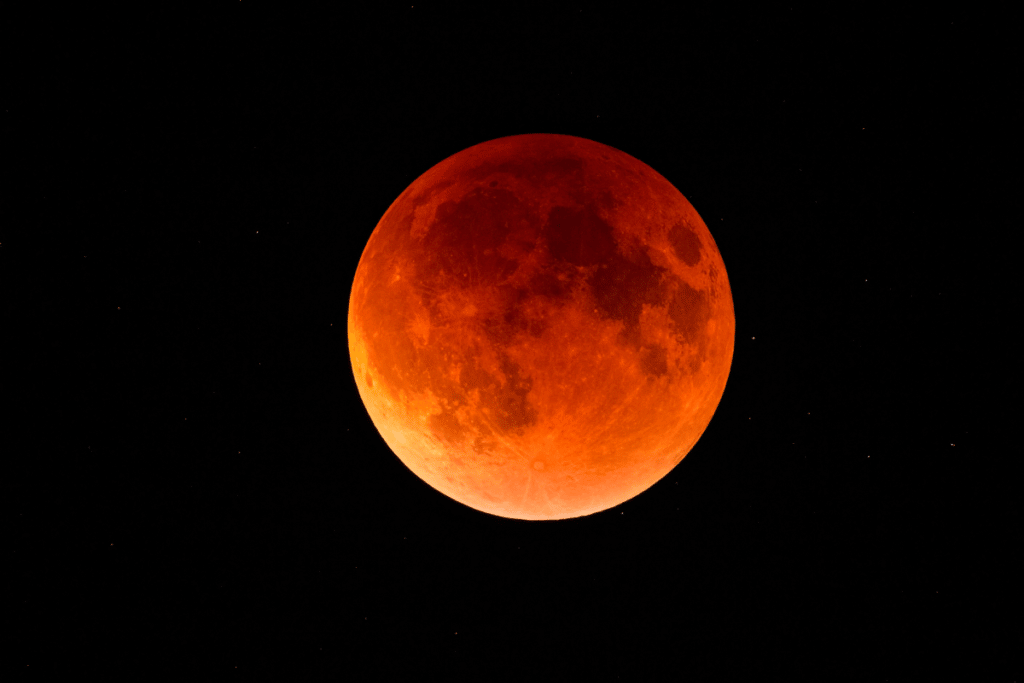
The last total lunar eclipse for the next three years will occur in Washington, D.C., in the early hours of tomorrow morning, Tuesday, November 8. Though there will be plenty of partial eclipses to come, the next full lunar eclipse isn’t expected to occur until March 14, 2025.
If you’re interested in checking out this gorgeous celestial spectacle, here’s everything you need to know:
What is a total lunar eclipse?
A lunar eclipse occurs when the sun, Earth, and moon align in a way that the moon passes into Earth’s shadow. NASA describes a total lunar eclipse as when “the entire Moon falls within the darkest part of Earth’s shadow, called the umbra. When the Moon is within the umbra, it will turn a reddish hue. Lunar eclipses are sometimes called “Blood Moons” because of this phenomenon.”
The red or orange color of the eclipse comes from sunlight passing through the atmosphere and shining onto the Moon.

When will the eclipse actually happen in D.C.?
According to Time & Date, the sun, Earth, and moon will start to fall into alignment right around 3 a.m.–3:02 a.m. to be exact–and the spectacle will graduate into a full lunar eclipse around 5:16 a.m. The eclipse will reach its maximum state at 5:59 a.m.
Time and Date predict the entire event to last 5 hours and 54 minutes.
How can I best observe the eclipse in D.C.?
The best viewing conditions are, of course, a dark environment away from bright lights and the city. While you won’t need any special equipment to observe the eclipse, NASA advises that using “binoculars or a telescope will enhance the view and the red color.”
Though it may be hard to avoid the many lights in D.C., this light pollution map can help you find a darker area close by.
If you’re not able to view the eclipse while it’s going down due to light pollution, Time & Date will be live streaming the celestial phenomenon for your viewing pleasure, beginning at 4 a.m. EST. If you’d rather be catching some zzz’s during the time of the eclipse but still want to experience it in some capacity, you can visit NASA’s Dial-a-Moon for a visualization of the eclipse.
